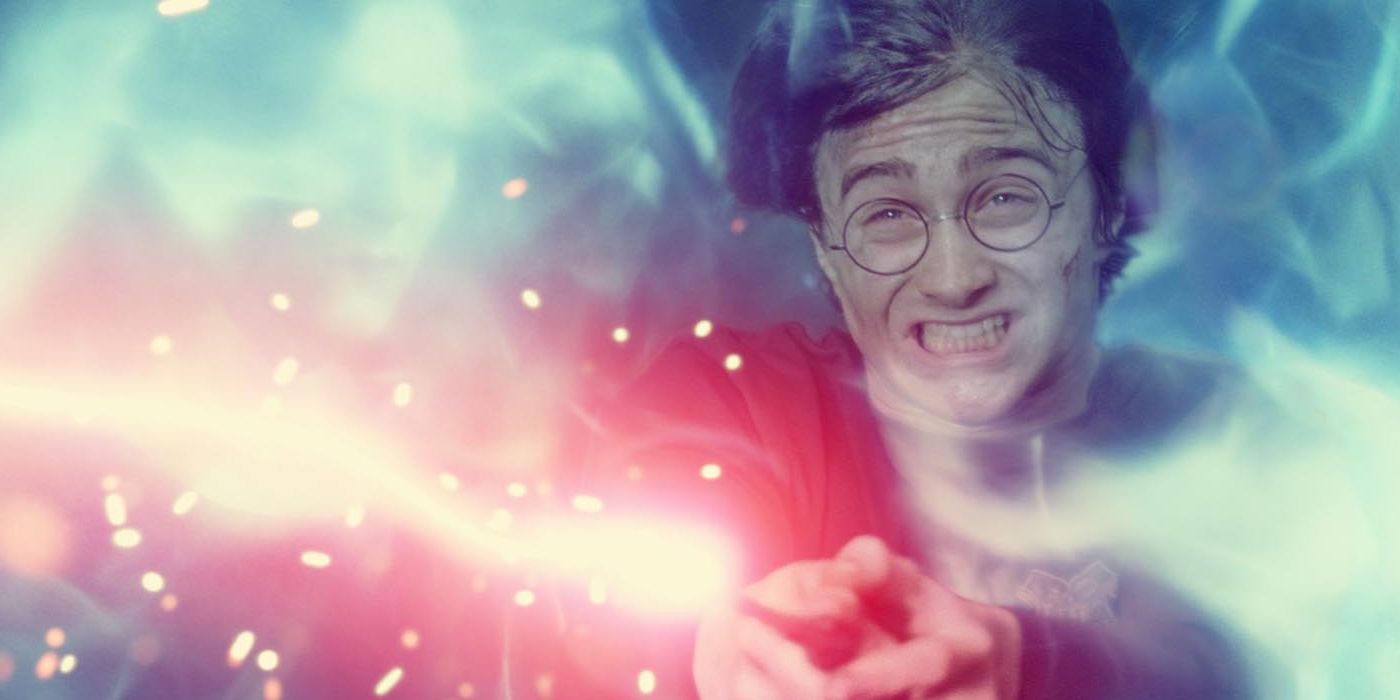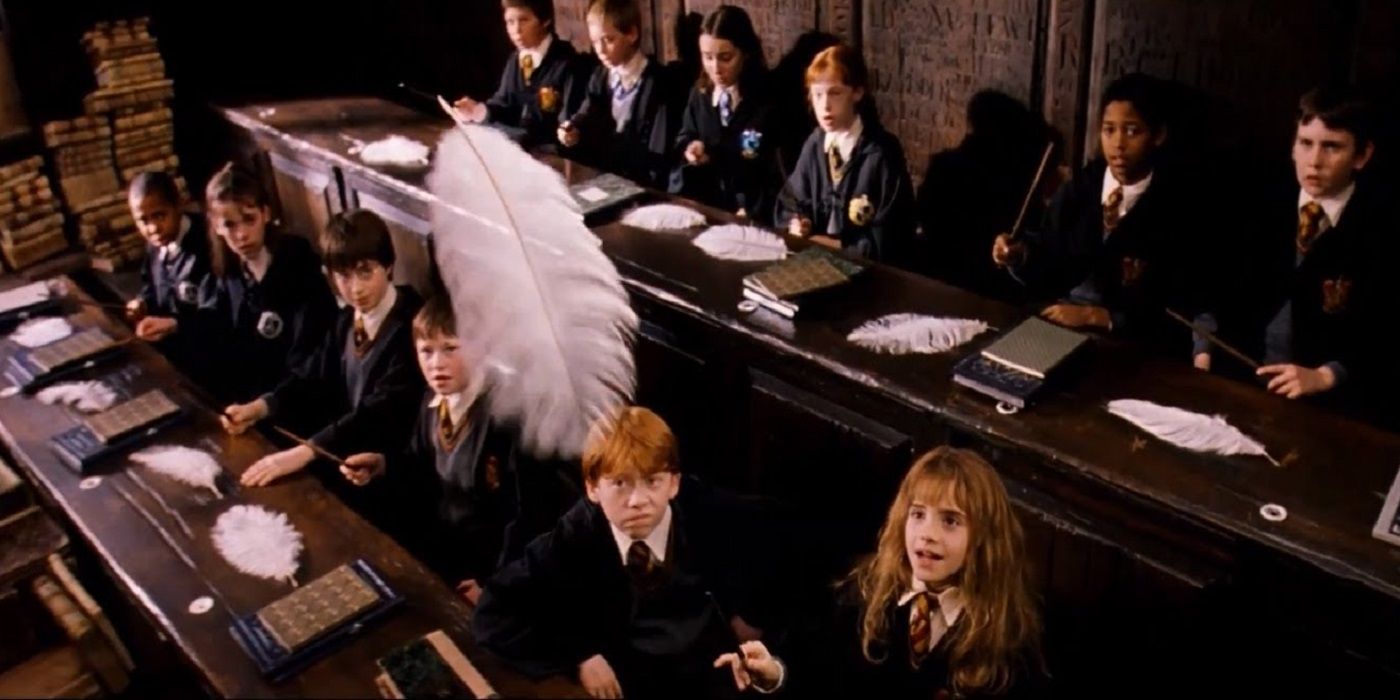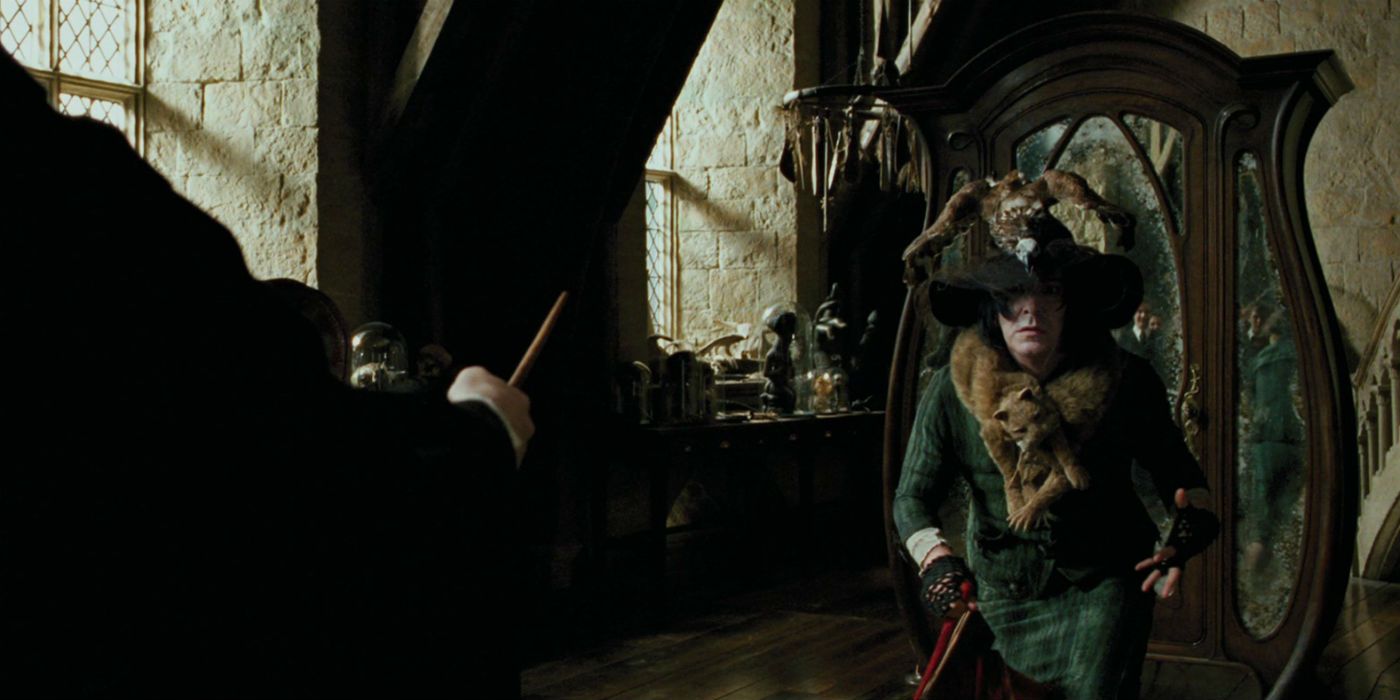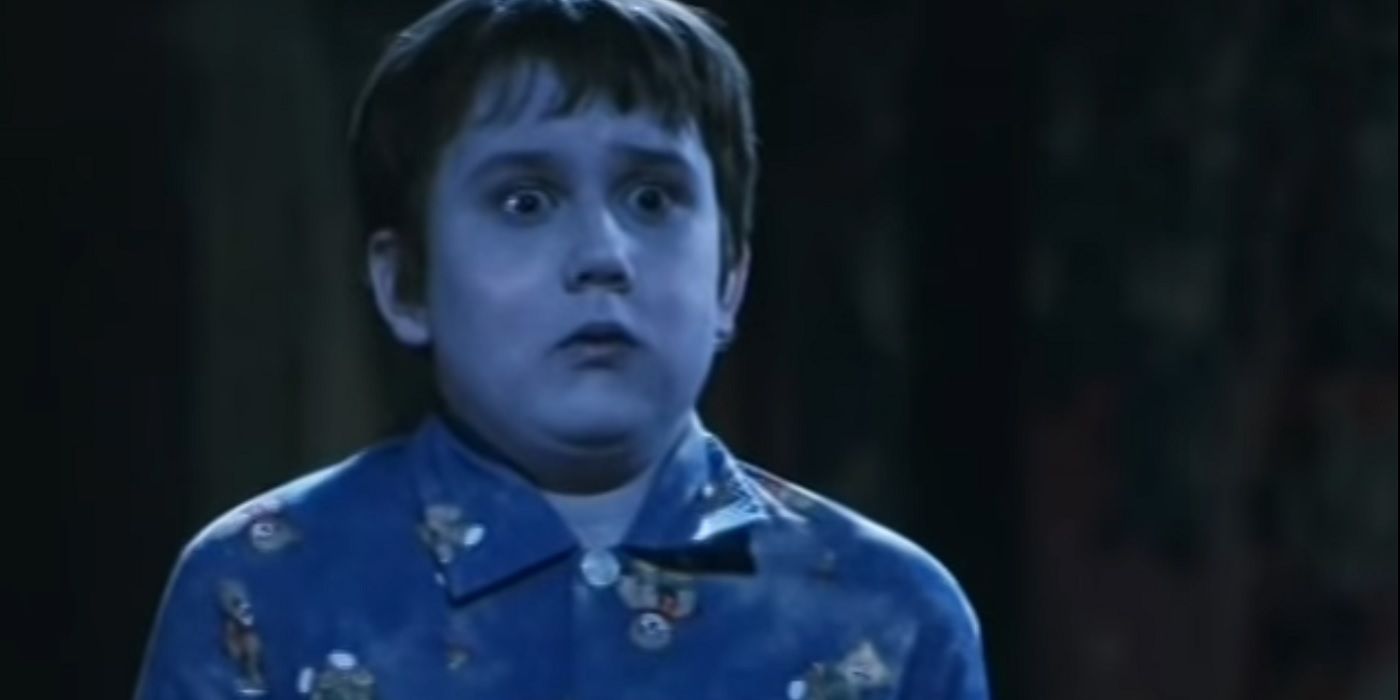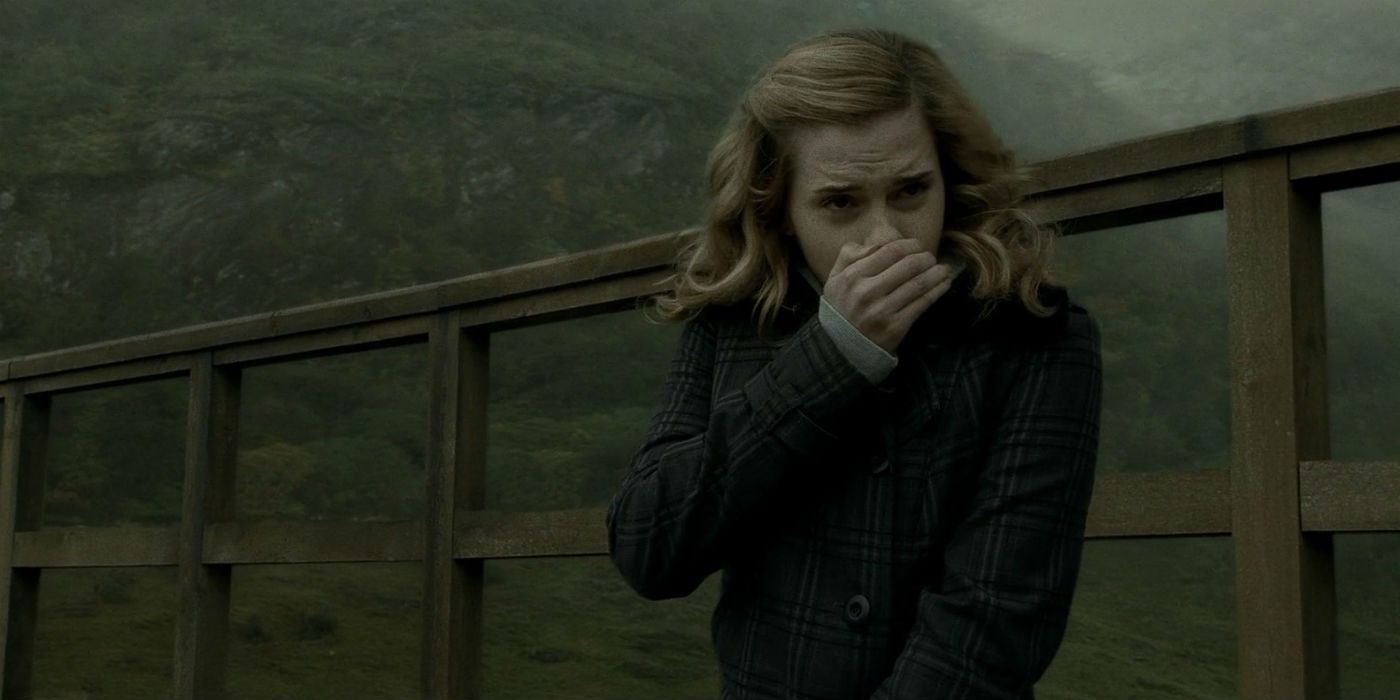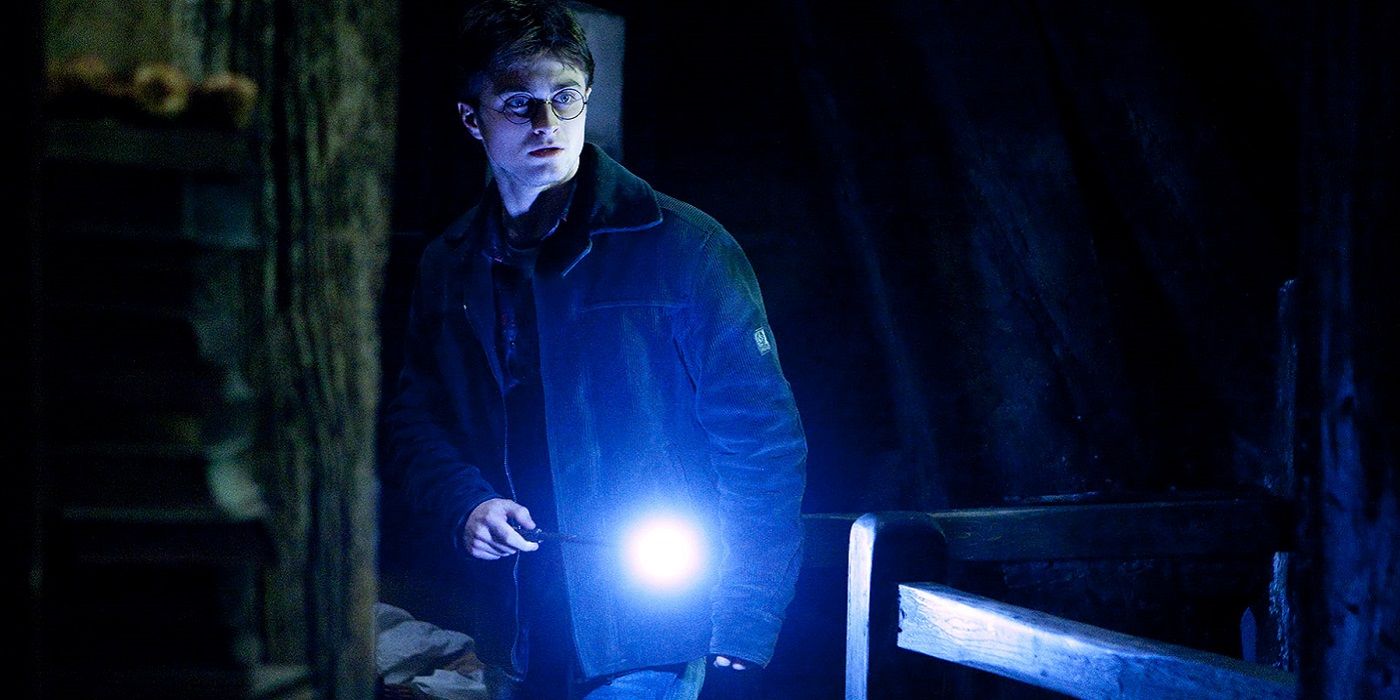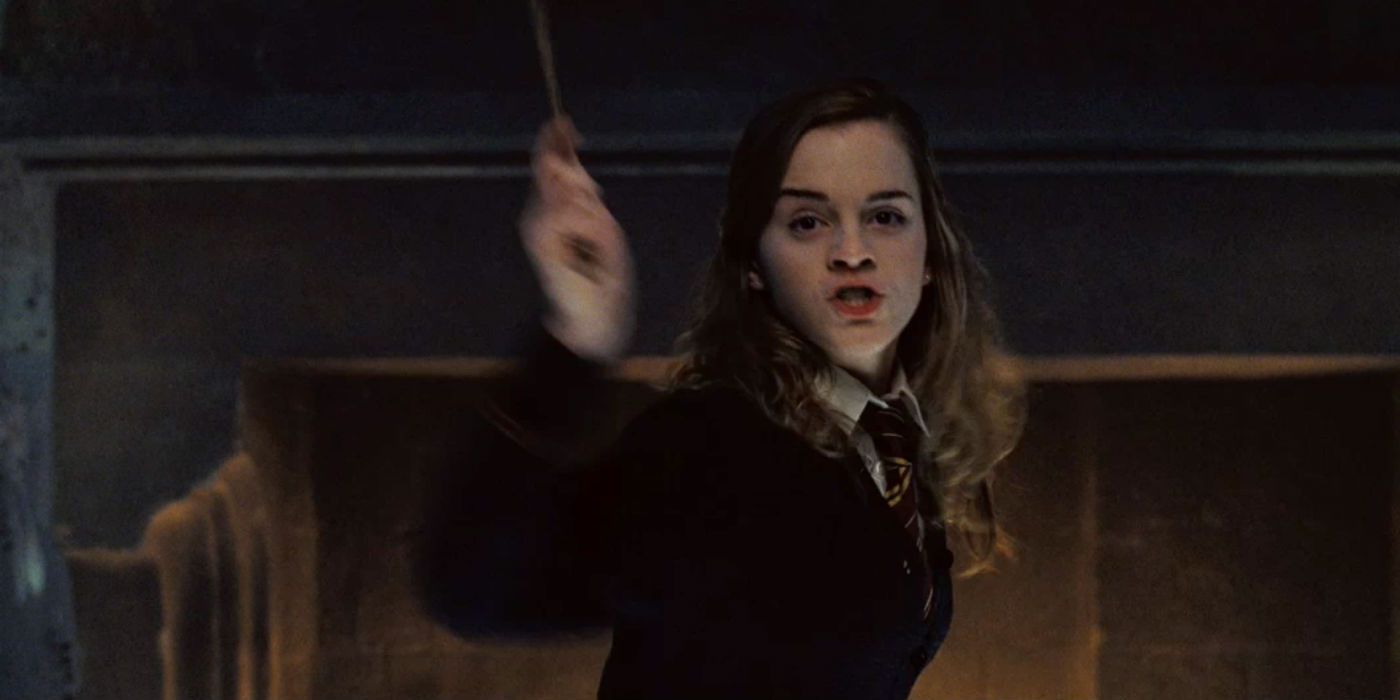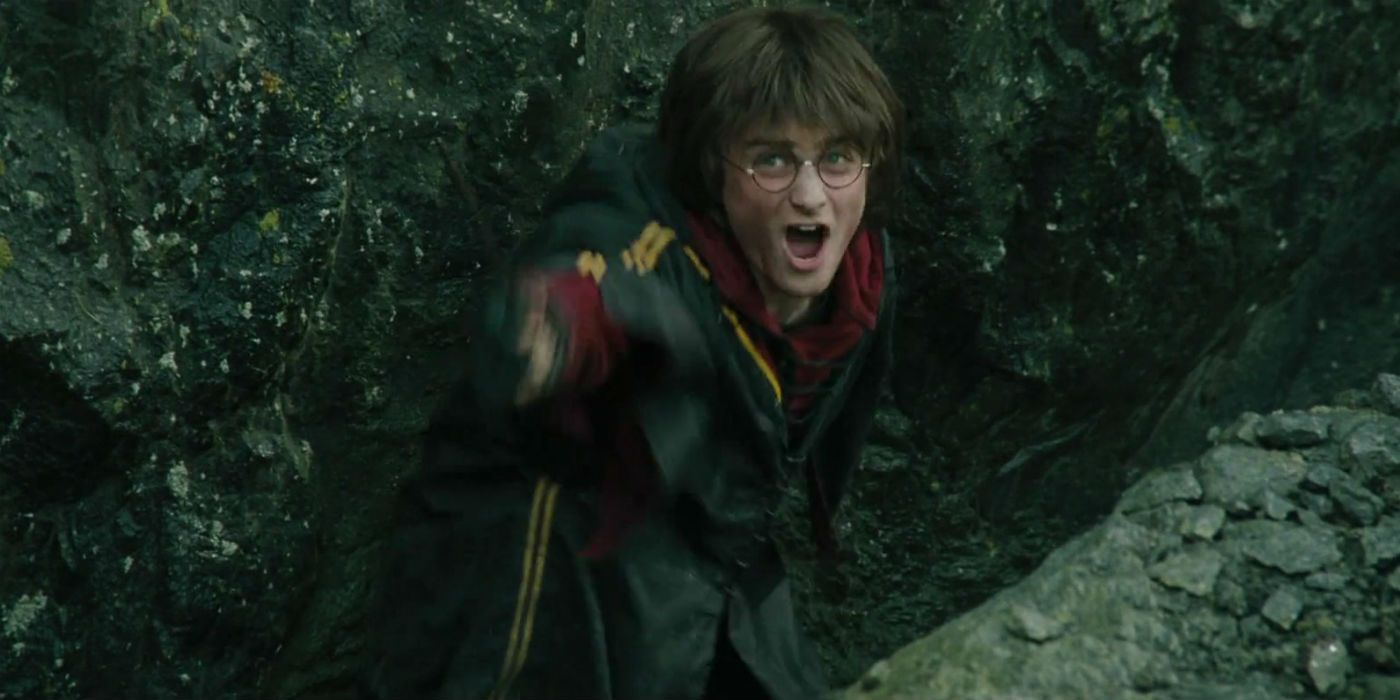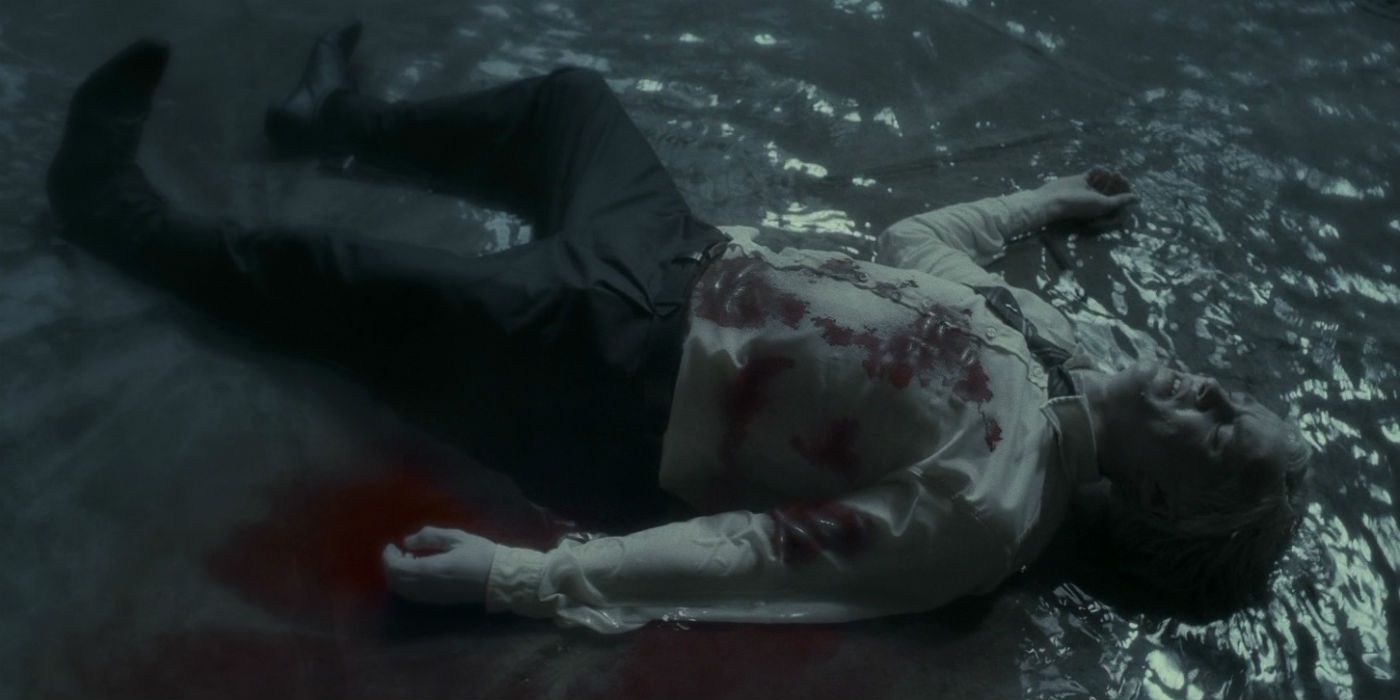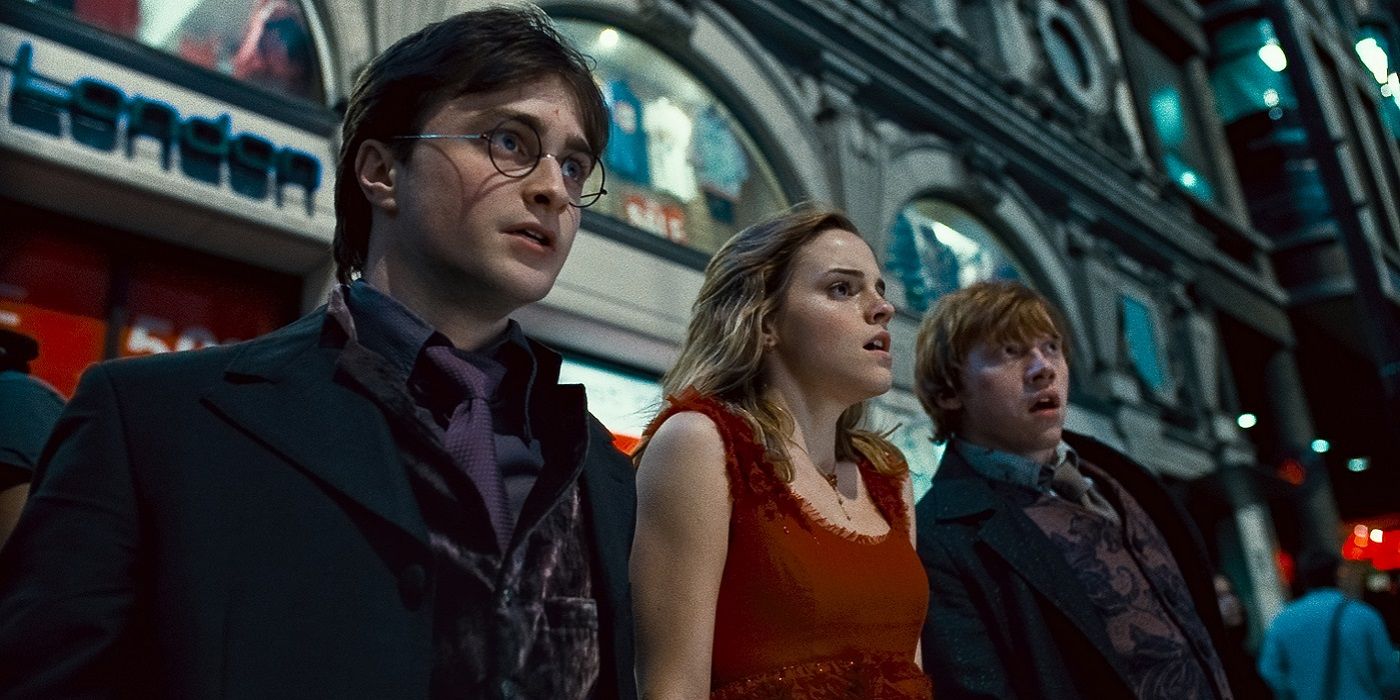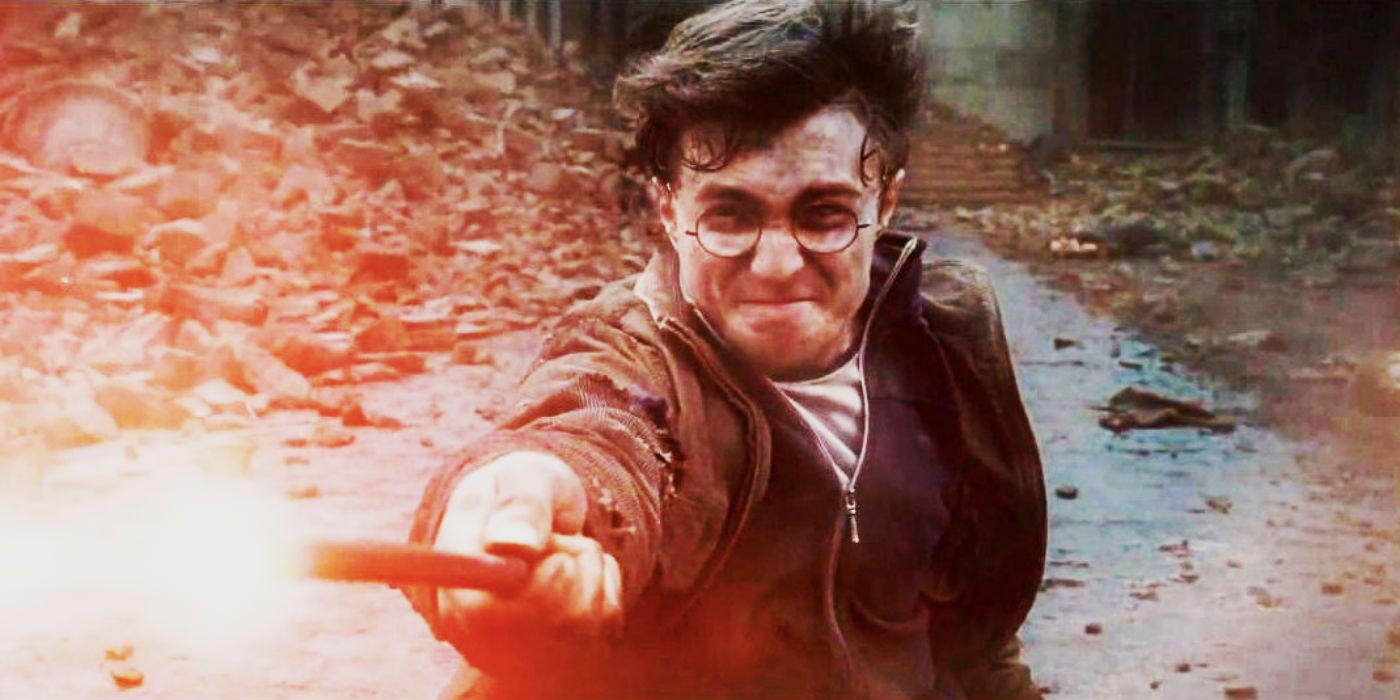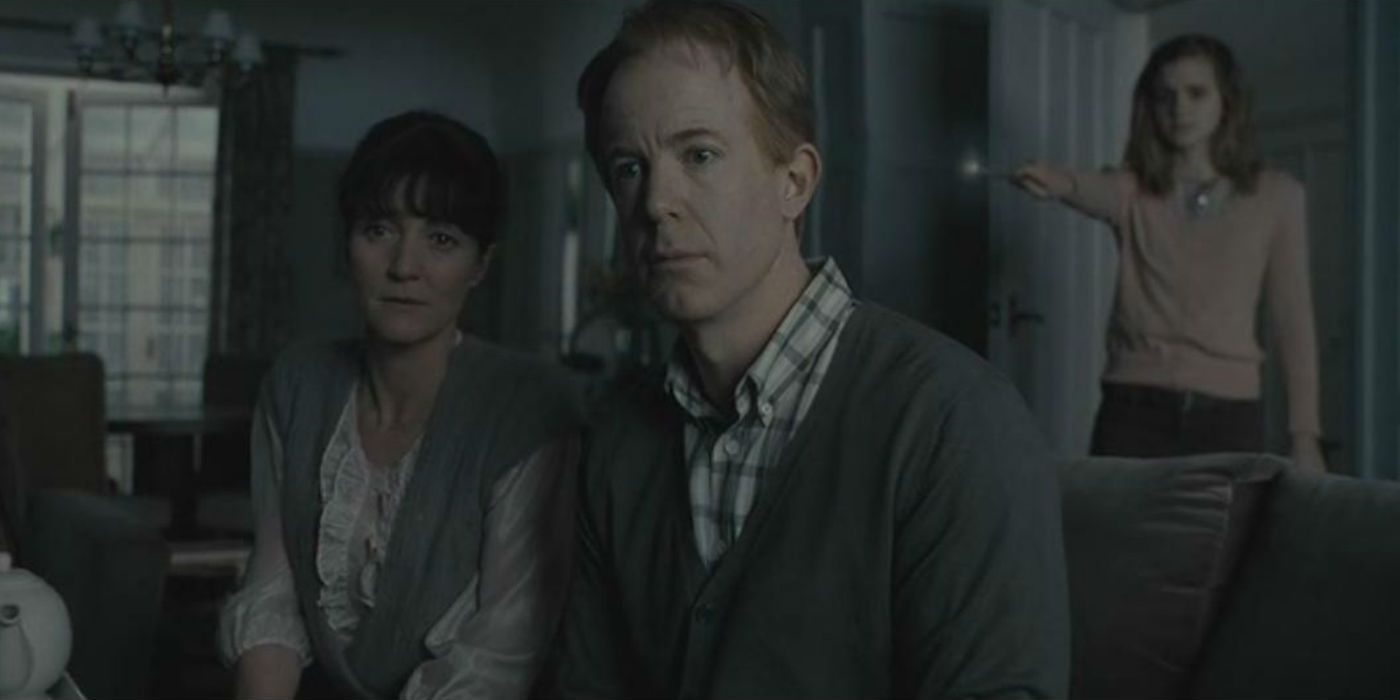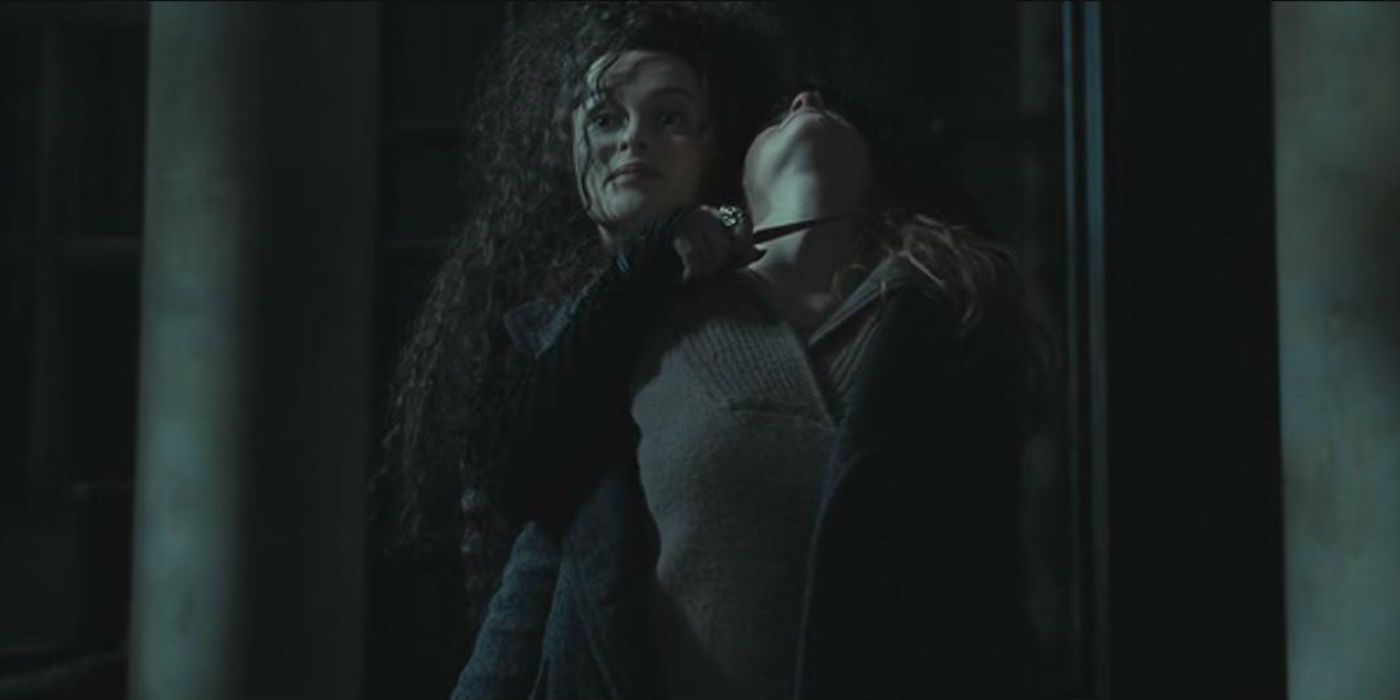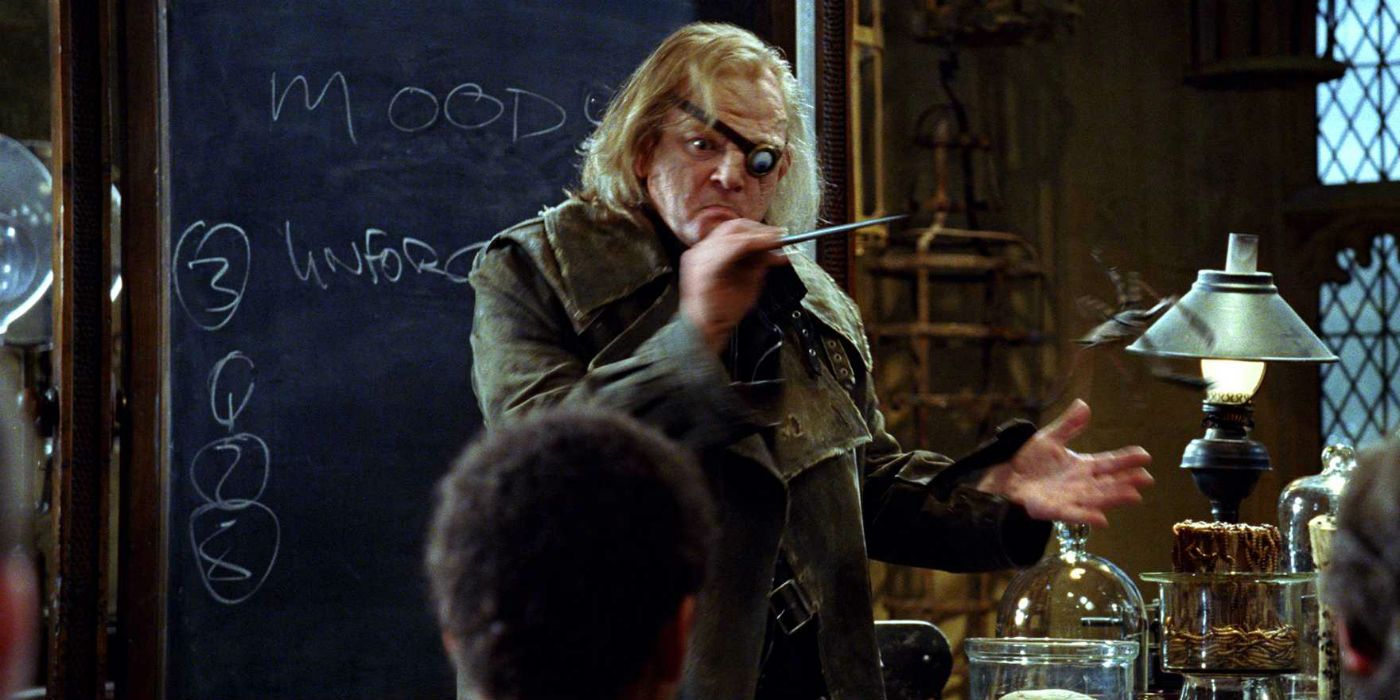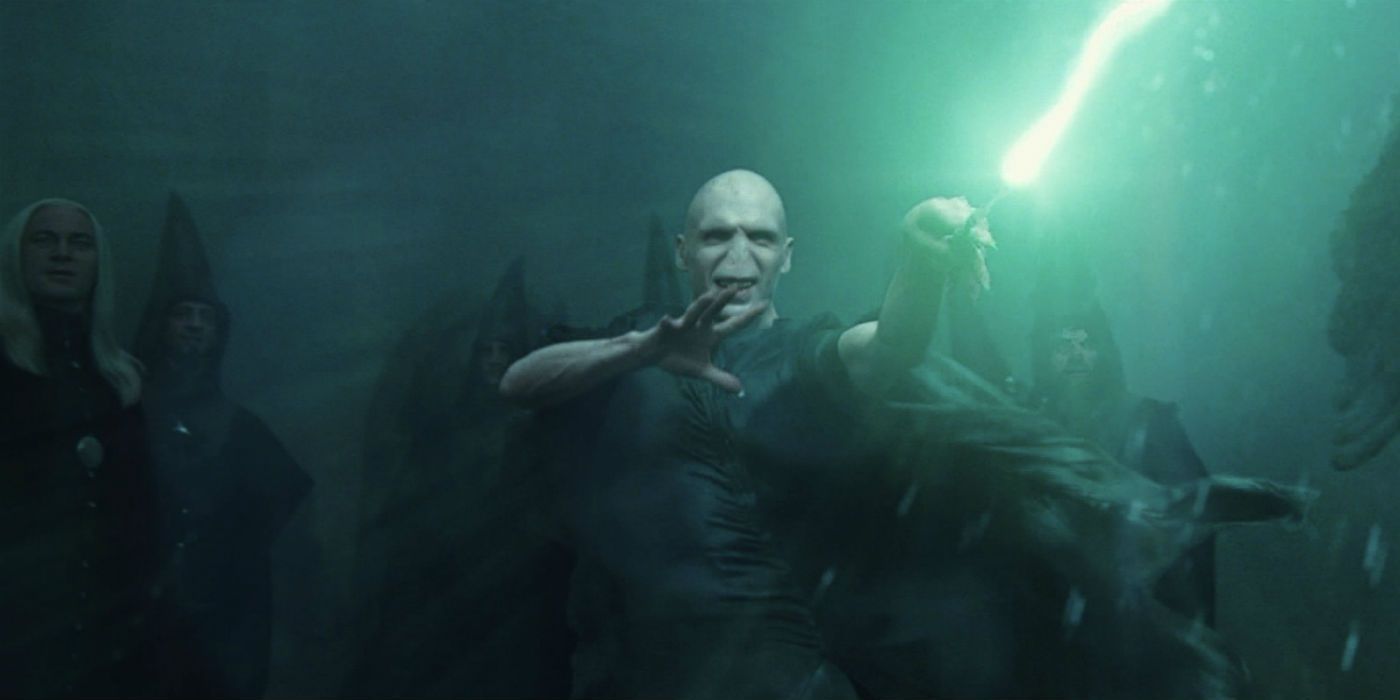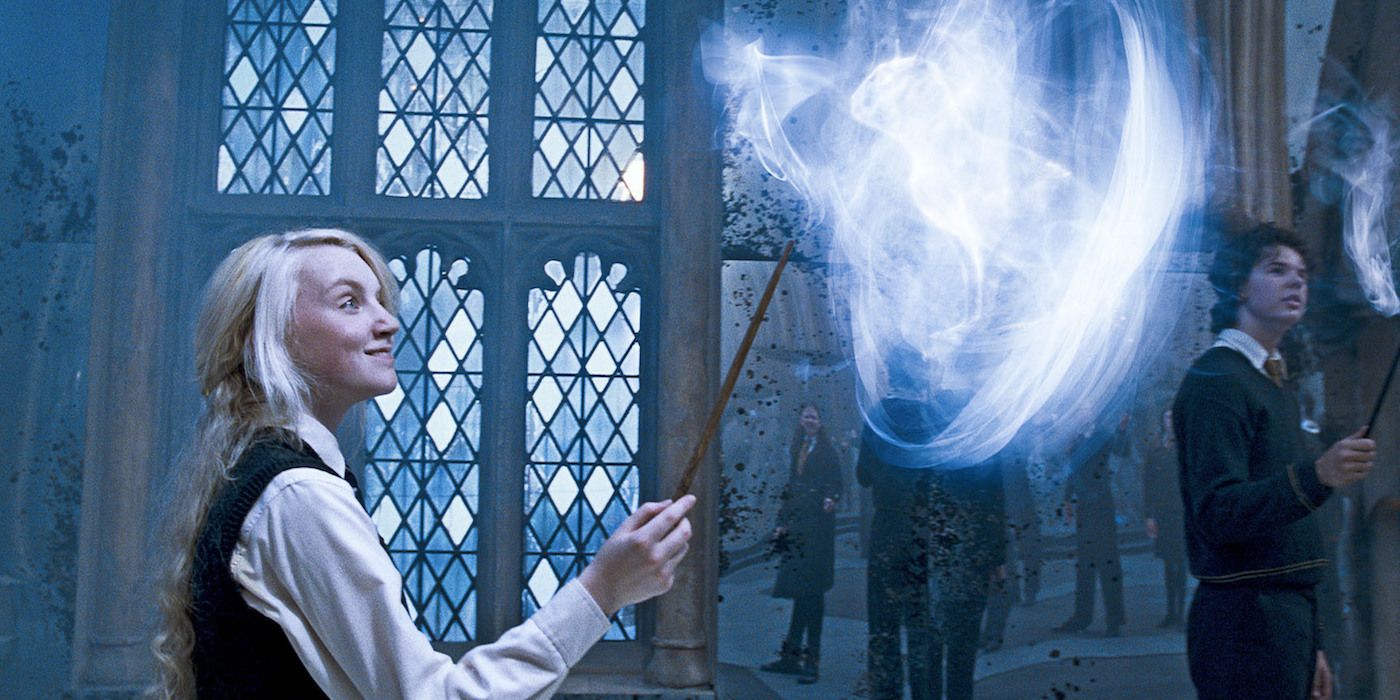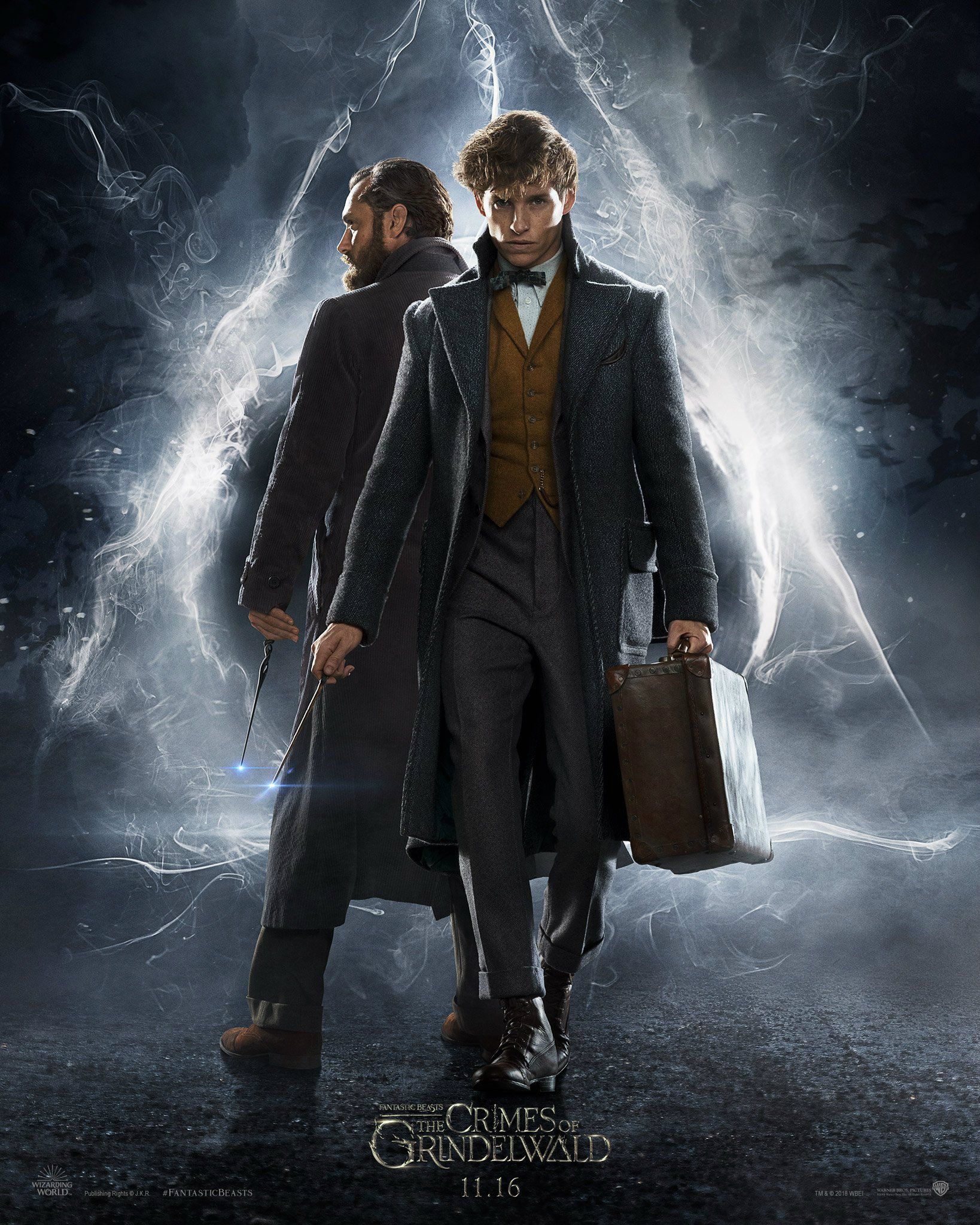As much as we’d like to delve in deep to the magic of Harry Potter, we won’t be adding every single entry from The Standard Book of Spells to our ranking of the strongest spells in the wizarding world. For the sake of brevity, we decided to omit some of the more unusual spells as well. Sorry, no Orchideous (to summon a bouquet of flowers) or Tarantallegra (to forcibly make one dance) here!
In the decade since Harry Potter and the Deathly Hallows was first published, author JK Rowling has started to explore earlier years from the canon. Since then, fans have been delighted to delve into new wizard communities, and discover new spells, with Fantastic Beasts and Where to Find Them. Fans have been dying for news regarding the franchise, and Rowling has dropped several teasers through Twitter about writing the script for a now-untitled Fantastic Beasts 2. While fans eagerly await any news about the upcoming Fantastic Beasts and Where to Find Them 2, in the meantime, let’s take a look at the most powerful spells.
Here are the 15 Most Powerful Spells from Harry Potter.
15. Winguardium Leviosa
“You’re saying it wrong,” Harry heard Hermione snap. “It’s Wing-gar-dium Levi-o-sa, make the ‘gar’ nice and long.” — Harry Potter and the Sorcerer's Stone.
One of the more memorable spells, Winguardium Leviosa is a useful spell that’s most commonly used for levitating objects. Used countless times throughout the series, fans can certainly recall when the trio first learned the spell during their first year at Hogwarts. Fans of the books and film adaptations alike will easily remember the scene from Professor Flitwick’s Charms class when Harry and his classmates were tasked with levitating feathers.
This spell might be pegged as comic relief in Harry Potter and the Sorcerer's Stone, but it’s used time and time again throughout the series. Hermione might have been the first one to nail the spell in the classroom, but Ron finally figured it out while fighting Quirrell’s troll. Winguardium Leviosa is one of those go-to spells that's equally useful in action and for more mundane tasks.
14. Riddikulus
At first glance, the Riddikulus charm might seem like one of those spells that are almost self-explanatory, but it’s a little more complicated than it may seem. Originally introduced during Harry Potter and the Prisoner of Azkaban, the spell was taught to Harry and his friends by Professor Lupin. In Defense Against the Dark Arts class, Professor Lupin introduces a magical entity called a Boggart to the class.
Described as an amortal non-being, a Boggart possesses the power to shapeshift into the person’s deepest fear. Professor Lupin teaches the students how to face their fears, quite literally, through laughter and by casting the Riddikulus charm. If the word sounds familiar, it should, seeing as how it’s a play on words from the Latin word for ridiculous, “ridiculum.”
By imagining the creature in a comical state, the wizard or witch can cast the Riddikulus charm and repel the fearsome image created by the Boggart. Harry also used the Riddikulus charm during the third task of the Triwizard tournament.
13. Petrificus Totalus
As most Muggles can attest, having a spell to turn someone into petrified wood would be a handy spell, indeed. Also known as the Full Body Bind Curse, Petrificus Totalus can temporarily paralyze someone. Fans will fondly remember when Hermione Granger used Petrificus Totalus during her time as a first year at Hogwarts.
In Harry Potter and the Sorcerer's Stone, we were given a look at the spell in action when Hermione cast it on an unsuspecting Neville Longbottom. If you recall, Neville was trying to persuade Harry not to go outside the common room, pleading for the trio to reconsider—and ultimately save Gryffindor's chance at the House Cup. In the movie, Neville became completely frozen, with his arms stuck at his sides, feet glued together, and suddenly crashing onto the floor with a loud boom.
In Harry Potter and the Half-Blood Prince, Draco Malfoy also cast Petrificus Totalus onto Harry, to much bloodier effect. Newt Scamander also used the spell in a desperate attempt to stop a banker from calling the police on him, while the Niffler ransacked the vault in Fantastic Beasts and Where to Find Them.
12. Confundus Charm
The incantation for this spell is Confundo, an aptly named spell, as the Confundus charm is a perplexing spell, indeed. There are different degrees to this powerful spell, and it can start with creating just a small amount of head-scratching to a full-on total whirlwind of confusion. Although Severus Snape was able to perform the spell non verbally, it was described that he had to "frown in concentration". Most commonly, the spell caster would have to point their wand at the person directly to cast the spell.
The Confundus charm can also be used on inanimate objects. In Harry Potter and The Goblet of Fire, Barty Crouch Jr used Confundus on the Goblet of Fire to put Harry's name in it, despite the fact that it was a powerful and ancient artifact. Hermione Granger also cast the Confundus Charm on Cormac McLaggen, a Gryffindor that was one year her senior. In their sixth year, Hermione cast the spell on McLaggen amidst Keeper tryouts to help Ron get on the Gryffindor Quidditch team.
In more serious situations, Harry cast the Confundus charm on two wizards standing outside of Gringotts, and because of Dumbledore's urging, Severus Snape also used the charm on Mundungus Fletcher.
11. Lumos
One of the most memorable spells from the series, the spell Lumos allows the caster to create a blast of light. Often used whenever the main heroes are in a pinch, readers and viewers alike see this one again and again throughout the series. The Lumos spell is often taught to first years during Defense Against the Dark Arts classes at Hogwarts.
We heard about Lumos from The Standard Book of Spells textbook, where it was described as, "To illuminate the end of a wand, the caster must call out the incantation 'Lumos'. If correctly incanted, the end of the wand will then illuminate and cast light in the immediate vicinity of the caster. It can also be used to illuminate unseen entrances."
Harry Potter has used the spell time and time again, from lighting his path to follow the spiders in the Forbidden Forest, to giving him some light in Grimmauld Place or even in the Shrieking Shack. Lumos served our hero very well.
10. Stupefy
Often used for dueling and in action on the battlefield, Stupefy is certainly a go-to spell for witches and wizards alike. When Stupefy is cast, the person is stunned completely and rendered unconscious. Unlike some of the other spells, the first person who invented Stupefy is unknown.
Harry first used the spell while prepping for the third task of the Triwizard Tournament, where he practiced using it on Ron. Harry also taught the Stupefy spell to members of Dumbledore's Army, and the spell was used in several other major battles in the series.
Certain magical creatures, like dragons, have more of a natural resistance and tolerance built up against the spell. When wizards were trying to contain the Hungarian Horntail dragon, several of the wizards had to cast the spell simultaneously for it to have any effect on the dragon. Trolls, giants, and those related to them also have a special resistance against Stupefy.
9. Accio
When it comes to the wizarding world, there's always a situation that calls for a summoning charm like Accio. Muggles and No-Majs would love to have the power to cast this useful spell, as Accio can summon objects at will to the caster. The incantation, “accio”, might seem like it solely belongs in the wizarding world, but the word originally derives from a Latin word meaning “I call for” or “I summon”.
In Harry Potter and the Goblet of Fire, Harry was able to cast Accio during the first task of the Triwizard tournament. Potter was able to use the spell and summon his Firebolt broomstick—which was all the way in the Gryffindor dormitory. In Fantastic Beasts and Where to Find Them, several wizards and witches used the summoning charm to disarm opponents or summon creatures who were holding inanimate objects. For example, Newt used the spell on his Niffler, who was clutching at fistfuls of jewelry.
8. Sectumsempra
"Blood spurted from Malfoy's face and chest as though he had been slashed with an invisible sword. He staggered backward and collapsed onto the waterlogged floor with a great splash, his wand falling from his limp right hand. Slipping and staggering, Harry got to his feet and plunged toward Malfoy, whose face was now shining scarlet, his white hands scrabbling at his blood-soaked chest." — Harry Potter and the Half-Blood Prince.
Originally created by Severus Snape, Sectumsempra is a dark curse that can cause vicious slash marks and extensive damage against a person. The incantation of this spell derives from a mashup of two Latin words, the word "sectus" which means "having been cut" or "to cut" and the word "semper" meaning "always."
Harry first learns about the spell in Professor Snape’s textbook for Advanced Potion Making. Although he didn’t know the effects of the spell, Harry cast Sectumsempra against Draco Malfoy, creating large wounds all over his body.
7. Apparition
Apparition and disapparition might look like an effortless process, but the magical method of teleportation can be more complicated than it seems. In the books and films, plenty of wizards and witches alike are shown traveling via apparition. However, there are others who prefer more traditional methods of travel, such as using broomsticks, portkeys or Floo Powder. Apparating can cause a loud noise, like a pop or a cracking sound.
A variation of Apparition is when two people travel together using Side-Along Apparition. Magical creatures like house elves and phoenixes can perform apparition, with Dobby apparating to Hogwarts and visiting Harry. Harry later learns from Arthur Weasley that you have to obtain a license to apparate from the Department of Magical Transportation, or otherwise will be charged an illegal fine.
Apparating without a license is generally looked down upon, not only because of the monetary fine but because of possible splinching. If there are problems with the apparition process, the person can suffer physical injuries, with some body parts being left behind at the former destination. Ron experienced several incidents of splinching first hand, from Disapparating out of 12 Grimmauld Place to failing his Apparition test from the first time.
6. Expelliarmus
When it comes to the most commonly utilized spells in the series, Expelliarmus definitely ranks high on the list. Also known as the Disarming Charm, Expelliarmus is a useful spell for any witch or wizard who0 happens to be in a bind. A prominent choice for duels, the spell is an instant way to disarm an opponent or a simple and easy way to remove any object from a person’s hand.
The incantation Expelliarmus derives from the Latin words "expellere" which means to "drive away" long with "arma" which means "weaponry or arms."
Although it is not known who was the first person to create the Disarming Spell, Miranda Goshawk, author of The Standard Book of Spells collection, believes that the spell was popularized by a witch named Elizabeth Smudgling in 1379.
Recently, our team took a closer look at things you didn’t know about wands used in the wizarding world of Harry Potter.
5. Obliviate
Not to be confused with the False Memory Charm, Obliviate is a spell used to completely erase a person's memories. The incantation for the Memory Charm, or the Forgetfulness Charm, shows close parallels to the Latin word "oblivisci" which means "to forget" and also the word "oblivion" which relates to "forgetting or forgotten."
Most commonly, the Ministry of Magic would perform Memory Charms on Muggles if they had stumbled upon something directly related to the wizarding world. For example, Obliviators from the Ministry of Magic could cast the spell on Muggles in order to protect the wizarding community.
Just like splinching with Apparition, there are dangerous consequences to a poorly performed Memory Charm. In Harry Potter and the Chamber of Secrets, Gilderoy Lockhart tried to cast the spell onto Harry and Ron. Luckily enough, Ron’s beat-up wand ended up having the spell backfire onto Lockhart himself, and his memories were severely damaged in the process.
In Fantastic Beasts and Where to Find Them, Newt Scamander helped protect the magical community of New York by using the venom from the Swooping Evil creature. The venom was released through the rain by a Thunderbird, and had created similar effects to a Memory Charm on the No-Majs found in the city.
4. Cruciatus Curse
Also known as the chilling Torture Curse, the Cruciatus Curse is one of the three Unforgivable Curses. The incantation Crucio stems from the Latin words for "pain" and "torture" and it resembles the words "excruciating" and "crucifixion."
The Unforgivable Curses are named as such because they are three of the most powerful dark spells found in the wizarding world. During the timeframe of the original Harry Potter series, using any of the three Unforgivable Curses would send the caster straight to Azkaban. According to Dumbledore, the Unforgivable Curses were defined by the Ministry of Magic back in 1717.
The curse causes intense pain, and it is used frequently by powerful dark witches and wizards. Neville Longbottom's parents, Alice and Frank Longbottom, were subject to torture from the Cruciatus Curse by Death Eaters. The Cruciatus Curse is so powerful that it can even break through Memory Charms due to its intense form of torture on the victim.
It is important to note that this curse cannot be simply performed by anyyone. Instead, the caster must have a deep-rooted desire to inflict pain on the other person. For example, Harry Potter attempted to use the Cruciatus Curse against Bellatrix Lestrange after she killed Sirius Black, but it only lasted for a quick moment and caused her to fall down. Because of his good heart, Harry was unable to perform the curse to its maximum potential.
3. Imperius Curse
Known as Imperio or the Imperius Curse, this dark spell ranks as another one of the three Unforgivable Curses. The incantation Imperio stems from the Latin word "imperio" which translates as "to rule", and "imperiosus", which means "powerful" or "commanding."
The Imperius Curse creates an intense form of mind control, allowing for one person to control another. Known for being a powerful and potent spell of the Dark Arts, the Imperius Curse can allow the caster to completely control their victim.
Although the three Unforgivable Curses were made illegal in 1717, there is one caveat. If there is enough evidence that a person was under the Imperius Curse during the time of the casting, they could be pardoned to a life sentence to Azkaban prison. Harry learned that it is possible to resist the effects of the Imperius Curse, but it takes a strong amount of determination and will.
2. Avada Kedavra
One of the worst spells in the entire wizarding world, Avada Kedavra is also known as the Killing Vurse. Out of the three Unforgivable Curses, Avada Kedavra certainly stands out from the rest for instantly killing the victim. The curse was originally used by dark witches and wizards as a way to end duels, dating back to the early Middle Ages.
Although there is no known way to counteract the curse, Harry was able to survive the ordeal—thus garnering his nickname as “The Boy Who Lived”. Traditionally, the Killing Curse is not able to be blocked by any means. However, his mother, Lily, sacrificed her own life and was able to defend Harry from certain death.
We’ve seen the spell used by Voldemort throughout the Harry Potter series. According to JK Rowling, the incantation Avada Kedavra wasn’t initially from a Latin word, like many the other spells. “It is an ancient spell in Aramaic, and it is the original of abracadabra, which means 'let the thing be destroyed'.” Rowling said in an interview at the Edinburgh Book Festival. “Originally, it was used to cure illness and the “thing” was the illness, but I decided to make it the “thing” as in the person standing in front of me.”
1. Expecto Patronum
A defensive charm, Expecto Patronum creates a protective shield for a wizard or witch. Every Patronus is different, and the charm creates an animal protector in a silver form. Harry first learns about the spell in his third year at Hogwarts. In Harry Potter and the Prisoner of Azkaban, he finds out that the Patronus is the only spell which is able to ward away the Dementors.
Unlike Harry, most of the wizarding world are unable to create a Patronus of their own, and being able to do so is traditionally considered a mark of advanced magic. By envisioning a happy memory, Professor Lupin was able to teach Harry how to cast the spell and protect himself against the dark Dementors. Harry was also able to pass on the information to members of Dumbledore’s Army in his later years at Hogwarts.
The Patronus takes on the form of something that represents the caster-- Harry's was a stag, like his father's animagus, and Snape's was a doe, representing his love for Lily.
---
What's your favorite spell from Harry Potter? Let us know in the comments!

